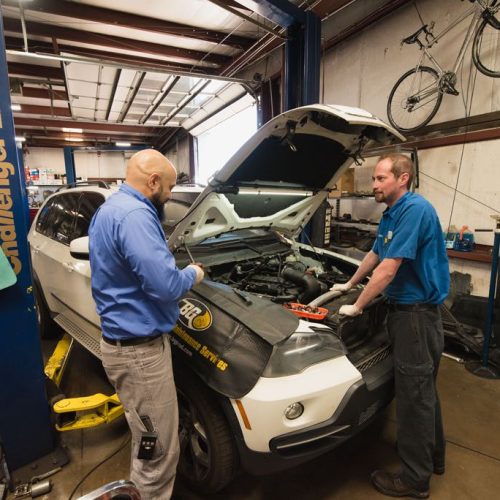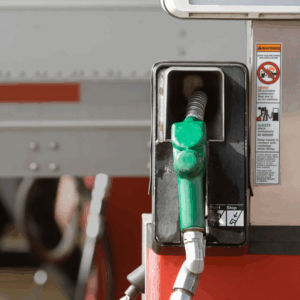Many of us remember spending a Sunday afternoon in the garage with Dad on his back, feet sticking out from under the car, and a dirty rag is his pocket. Asking for a wrench or a bucket or some other tool that we had no idea how to use, but somehow knew what to hand him. Basic car maintenance used to be the domain of the shade tree mechanic and the weekend warrior, a couple of simple hand tools and a little ambition was all you needed to keep your baby running smooth and safe. Fast forward to today and opening your hood and checking out the engine is a very different experience. Fancy covers over everything and a mess of electronics are all you see, and some vehicles don’t even have an oil dipstick anymore! So what has really changed with these machines over the years and what do you need to know to keep up with modern vehicle maintenance?
We often get calls from customers requesting a “tune up” service, in years past there was a process of mechanical tuning and adjustment that needed to be done to make sure your vehicle was running as efficiently as possible. Lubrication of suspension and driveline components was necessary to avoid premature parts failures and getting your vehicle into the shop every three thousand miles was a must if you wanted to stay on top of your maintenance. Today almost all of those adjustment are electronically controlled by a network of control modules that are connected over a communication bus and are constantly making changes based on inputs from dozens of different sensors. Rather than a “tune up” we are looking to repair or replace wear items which includes fluids, brakes, tires, and filters.
Every make has a different maintenance schedule but you should expect to have a major service every 30 to 60 thousand miles. This may include oil, transmission fluid, brake fluid, belts and hoses, interior and exterior filters, and spark plugs. There are some fluids that are now labeled as “lifetime” and while they definitely have a longer service life than conventional fluids we believe a lifetime is generally 100 thousand miles. External contamination, dilution, and heat can all cause fluids to break down and lose their required performance characteristics, and it is better to make sure the fluids are in good shape than to risk a failed component. As the required car maintenance schedules get further and further apart we also run into the issue of not catching unscheduled maintenance on time. Some vehicles have maintenance reminders that stretch as far as 15 thousand miles and a lot can change with your vehicle in that amount of time. Brakes and tires that were fine at your last oil change can wear to dangerous levels, axle boots tear, and small oil leaks can turn into large problems given that long with out being addressed. We generally recommend getting your car into the shop every 5 thousand miles or so and at least once a year regardless of how many miles you have put on it.
Your owners manual will have a car maintenance guide for you to follow and if you aren’t sure don’t hesitate to ask your shop for their advice, that’s what we are here for. Most shops take a lot of pride in their high mileage customers and love to tell people about that 500 thousand mile car they have been taking care of for years! That consistent regular car maintenance schedule will not only help you avoid breakdowns, but will also help you catch some of those little issues before they become big ones.




